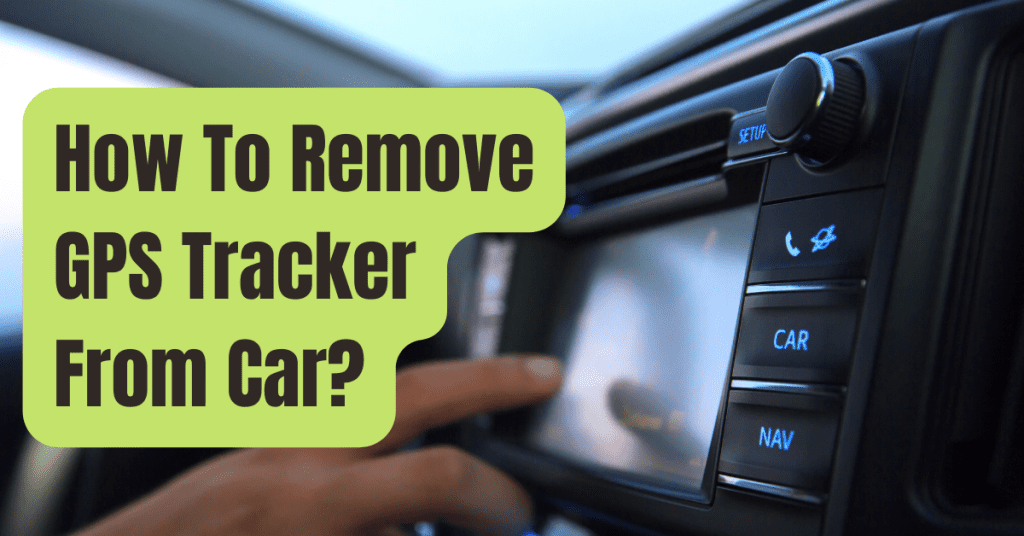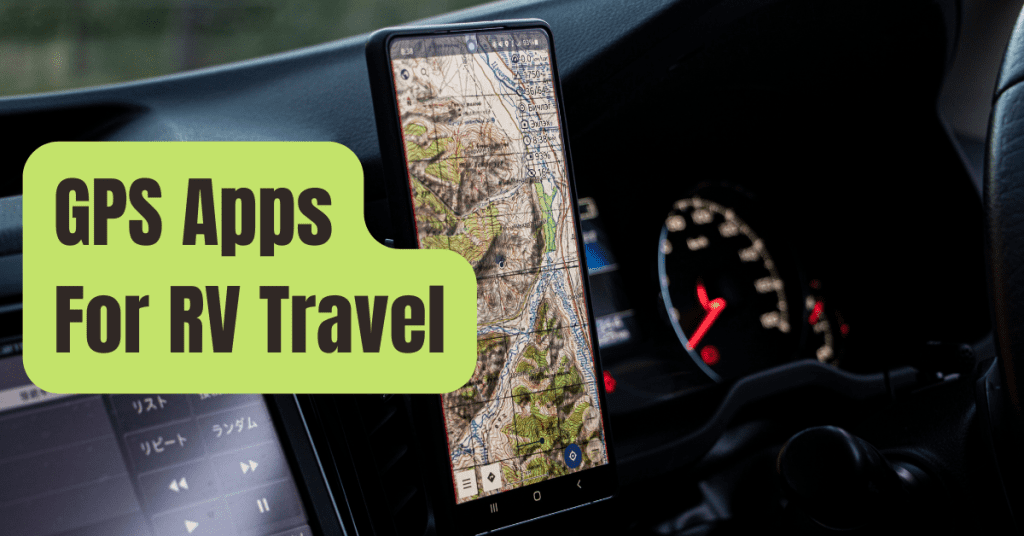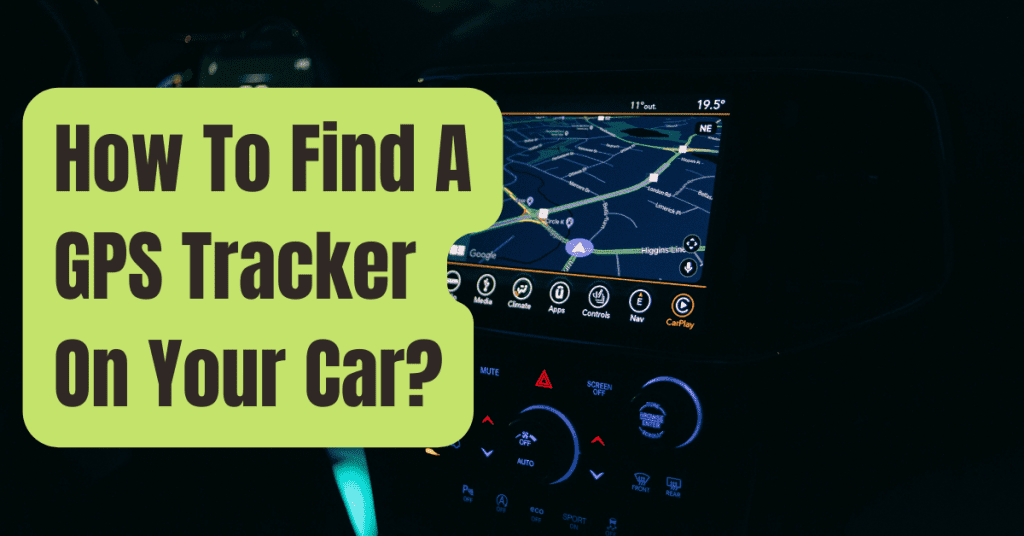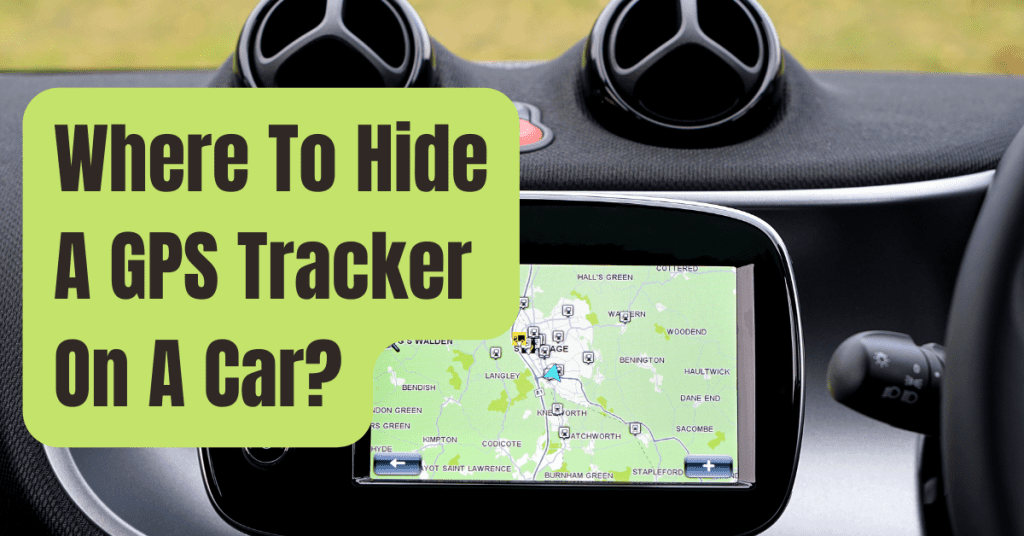While you may want to disconnect in states with the greatest boondocking areas, being connected on the road and at your camping destinations is beneficial.
You’ll need to know how to improve TV reception in your new or old RV to do so efficiently.
While choosing the right satellite TV antenna is important for better TV reception, there are a few other options you can consider to improve reception with the equipment you already have.
You’ll discover how to watch TV in your RV in a variety of ways, as well as some basic suggestions for getting better reception while tuning in to over-the-air TV stations, in this tutorial.
In An RV, There Are A Few Options For Watching Television.
Satellite antennas, over-the-air digital television antennas, cable connections, and streaming services are the four primary ways to get digital entertainment in your RV.
You may utilize a mix of these methods to broaden your entertainment options, depending on where you visit and how much you’re prepared to spend for different services.
RVers Can Use Streaming Services.
The reception quality of streaming services like Netflix, Sling, and Hulu is primarily determined on the strength of your internet connection.
For example, weaker connections will result in higher buffering.
The problem is that in luxury RV parks and other campsites, you’ll have little control over the Wi-Fi signal strength.
If you use a mobile hotspot, though, you may use a signal booster to raise the quality of your connection.
When you arrive at a new location, you can always run an internet speed test to see how strong the signal is.
Pro Tip: Ask the campground host how distant your site is from the Wi-Fi router when reserving your camping.
The best signal will most likely be found in the lobby or office.

Cable Connections
Cable television reception quality is also out of your control.
It is entirely up to the park to provide standard definition or high definition distribution.
Cable television often has fewer channels.
If you like to stay in RV parks rather than secluded regions, cable connections are the best alternative.
Just keep in mind that some RV parks and campsites charge for TV service.

Over-the-Air Antennas vs. Satellite Antennas
There are various methods to increase TV reception whether you receive it through a satellite or an over-the-air antenna.
But, before we get into that, it’s important to grasp the distinctions between these two kinds of antennas.
Related: How To Hook Up Cable TV In An RV?
Antennas for Satellites
Voyagerix photo from Shutterstock
Satellite antennas come in two varieties: portable and roof-mounted.
Satellites, regardless of whatever option you pick, need receivers to be installed inside your RV.
Satellite antennas receive broadcast frequencies from satellites in geosynchronous orbit around the Earth, allowing you to gain reception from anywhere.

This makes them an excellent option for distant camping.
Satellite antennas, like GPS devices, use technologies to maximize reception depending on signals received from satellites above.
Because satellite antennas only pick up the strongest signals sent from the best satellites, any noise that may interfere with signal strength is reduced.
Subscription services, such as those provided by DirecTV or Dish Network, are normally required for all kinds of satellite antennas.
Because subscription packages are dependent on your home location, one disadvantage of these antennas is the inability to tune into local channels when traveling.
While you can contact your service provider to change your “home base” if you’re RVing full-time, you’ll have to call and work with a customer service representative, which can be inconvenient due to long wait times.
Antennas for Over-the-Air Television
Over-the-air antennas, unlike satellite antennas, enable you to get local broadcast channels for free and without a subscription.
The broadcast output determines whether these channels deliver high-definition or standard-definition video.
There are directional and omnidirectional (sometimes known as multidirectional) variants available for RV usage.

When you use the ‘Channel Scan’ feature on your TV, omnidirectional antennas automatically adapt to offer you the greatest reception.
Keep in mind that every time you park your RV in a different area, you’ll need to scan for new channels.
To achieve the optimum TV reception, directional antennas must be manually adjusted.
These antennae are raised and adjusted using a crank lever on the interior of your new or used travel trailer or RV’s roof.
Some antennas must be lifted before they may be adjusted, however many newer versions do not.
Omnidirectional antennas are often less sensitive than directional antennas.
This means they have a shorter range and are more vulnerable to noise, which decreases the quality of receiving.
Directional antennas are more sensitive to broadcast signals and may pick them up from a greater distance.
Because they are oriented to gather signals from a single direction rather than a 360° radius, they are less vulnerable to noise.
The disadvantage of over-the-air antennas is that they perform poorly in distant locations.
You won’t obtain decent TV reception if there isn’t a broadcasting tower near enough for your antenna to pick up a signal.
Suggestion: Dish vs DIRECTV for RVs: Which Is Better?
How to Improve Your RV’s TV Reception
These pointers can help you improve your TV reception, whether you’re using a satellite or an over-the-air antenna:
Step 1: Choose Wisely When It Comes To Campgrounds
The capacity of your antenna to receive broadcast signals might be hampered by trees, mountains, and even towering buildings.
To put it another way, campsites with a more open sky above them will give your antenna a higher chance of picking up powerful signals.
This is particularly true for satellite antennas, but it is also vital for over-the-air antennas to choose the right location.
If you want to learn how to boondock in an RV, as we indicated, obtaining excellent TV reception with this antenna would be challenging.
Choosing campsites closer to populous areas will make it simpler to obtain better TV coverage using over-the-air antennas.
Even within a campground, you may discover that certain sites are more suited to your needs than others.
For example, sites close to a slope may present a large barrier for signals to reach your antenna.
So don’t be afraid to explore and ask the camp owner if you can shift to a location with better coverage.

Step 2: Your Antenna Should Be Oriented
Shutterstock photo by Anetlanda
For satellite antennas, this step isn’t necessary, and for omnidirectional over-the-air antennas, it’s practically automatic.
Simply switch on your television and use the ‘Channel Scan’ feature to align your antenna.
Manual adjustment is required for directional over-the-air antennas.
Here are some easy steps to follow:
- Raise your antenna and switch on the television.
- Run a channel scan and take note of the antenna base plate’s location.
- When the scan is finished, change the channel to the one you wish to view.
- Take note of the reception quality before rotating the plate 90 degrees.
- Check to see whether the reception improves or deteriorates.
- Turn the plate 90 degrees and evaluate the reception quality.
- Repeat the process twice more to get a full 360-degree scan.
- Reposition your antenna so that you get the greatest reception possible.
You may use a program like Channel Master’s Antenna Selection Guide to discover the closest broadcast towers to your area to make this procedure a bit simpler.
Knowing whether the tower is to the north, south, east, or west can assist you in orienting your antenna for optimal reception.
Here are a few more tower finders that you may locate useful:
- HDTV Tower Finder by Winegard
- TV Signal Finder (TV Fool)
Keep in mind that various stations’ broadcast signals may emanate from different adjacent towers.
To optimal reception, you may need to move a directional antenna every time you change stations.

Step 3: Make Use Of A Digital Signal Detector
You may also use computerized instruments to determine the intensity of a TV signal.
The cable from your antenna is plugged into one input, while the cable from your TV is plugged into the other.
After that, you may move your antenna till you get the best signal.
The issue with this approach is that it is inaccessible.
It’s not always simple to get to these wires and unhook them, and having to do it every time you set up your RV at a new park may rapidly become a burden if you move your RV regularly, as you do with a Happier Camper.

Step 4: Check To See Whether Your Amplifier Is Turned On.
The majority of contemporary omnidirectional over-the-air antenna designs feature an amplifier.
Your antenna will pick up significantly fewer channels if your amplifier is switched off than if it is turned on.
Check to see whether your amplifier is switched on if you’re camping in a city and your TV doesn’t discover any stations when it scans.

If not, switch it on and run the scan again.
Even with your amplifier turned on, if you’re camping in a distant place, you could only receive a restricted channel selection.
Recommended: How to Get an Outdoor TV on Your RV the Easy Way
Step 5: Unplug Wall Accessories And Turn Off Appliances
When your RV appliances are switched on, they all generate some degree of radiation (electric and magnetic fields).
This radiation generates “noise,” which might reduce the intensity of the TV signal received by your antenna.
When you use appliances while attempting to improve your TV reception, you raise the signal-to-noise ratio (i.e. more noise to weaken broadcast signals).
While a greater signal-to-noise ratio is more likely to affect channels transmitted at lower frequencies, turning off your air conditioner and disconnecting tiny equipment may sometimes enhance TV reception.
Check out Camping World’s selection of RV antennas, which includes satellite and local broadcast choices, for the newest and best in TV reception technology for your home on the move.
If you want to update your RV, your local Camping World can help you sell and trade it in.

What are your other suggestions for gaining TV coverage in your RV? Leave a comment in the box below!










